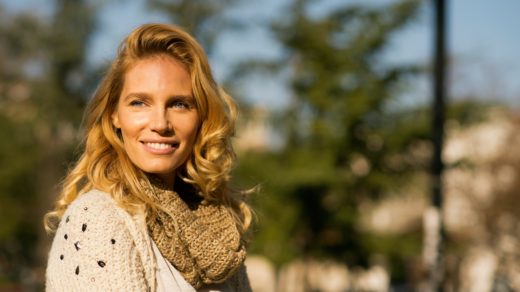“It’s adenocarcinoma,” said the voice on the other end of the phone.
I couldn’t believe it.
“Lung cancer? Me? How could that be? I’ve never smoked!” Shock, disbelief, and disappointment filled all the nooks and crannies of my mind and heart.
In January 2021, I went to my PCP after developing a nagging dry cough after starting lisinopril eight months prior, during the first months of COVID. I concluded that it was just an ACE inhibitor-induced cough. My PCP agreed with me, changed me to an ARB, and then, just to rule out Valley Fever (I live in Arizona), ordered a chest X-ray. My cough went away after a few weeks.
Completely unexpectedly, however, the chest X-ray in February 2021 showed a 1.4 cm suspicious nodule in the apex of my right lung. I have never smoked. No smoker in my home except my father who quit when I was a child. No family history of lung cancer.
It made no sense. Could it be a hamartoma? A granuloma? It has to be one of those. It can’t be cancer.
Or, can it?
This is when I learned about a very little-known cohort of lung cancer patients into which I fit precisely: the Asian American female never-smoker. Even though the number one risk for lung cancer in the U.S. and worldwide is smoking, 10 to 20 percent of lung cancers in the U.S. are in non-smokers. But, oddly, if you break down these cases by sex and ethnicity, 57 percent of Asian American females with lung cancer are nonsmokers. Even more peculiar is that approximately 95 percent of Chinese American females with lung cancer are never smokers. I am one of these women.
Lung cancer is the leading cause of cancer-related deaths worldwide as well as in the U.S. Every year, more than two million people around the world are diagnosed with the disease. According to the Lung Cancer Research Foundation, more than 230,000 will be diagnosed with lung cancer in the U.S. in 2023. Lung cancer in never smokers occurs more frequently in women and at an earlier age than lung cancer in smokers. Most lung cancers are of the non-small cell histological type (NCSLC) and adenocarcinoma is the most common subtype in non-smoker lung cancers.
As May was AANHPI Heritage Month, I wish to bring attention to this little-known yet potentially devastating disease in our population. Most NCSLC when discovered is already in stage III or IV. The USPSTF currently recommends routine screening for lung cancer in smokers between the ages of 50 to 80. There is no such recommendation for nonsmokers. Asian American female nonsmokers, therefore, are at particular risk for late diagnosis because we don’t think we can get lung cancer.
There are currently two ongoing studies recruiting Asian American female never-smokers. The New York Female Asian Nonsmoker Screening Study (NY FANSS) was led by Dr. Elaine Shum. This study is offering up to three annual free low-dose CT scans (LDCT) to screen for lung cancer. The second study is out of UCSF called the FANS Study. This study is led by Scarlett Lin Gomez, PhD. The study will look at possible causes of lung cancer in this population.
There are sadly multiple stories of Asian American female nonsmokers who were diagnosed with lung cancer too late and succumbed including two female physicians noted on the UCSF FANS study website. Please spread the word about these FANS studies or consider enrolling in them.
As for me, I was very fortunate. I had a right upper lobe lobectomy deemed “curative” in May 2021. It was an early stage at diagnosis. I was 59 and healthy at the time of my surgery and did well. I am taking Tagrisso, a targeted therapy specific for EGFR mutation-positive NSCLC identified on genetic testing of my lung nodule. I feel tremendously blessed to have had my cancer discovered early. Let’s help future generations of Asian American female nonsmokers detect lung cancer early before it’s too late.
Alice S. Y. Lee is an emergency physician.



